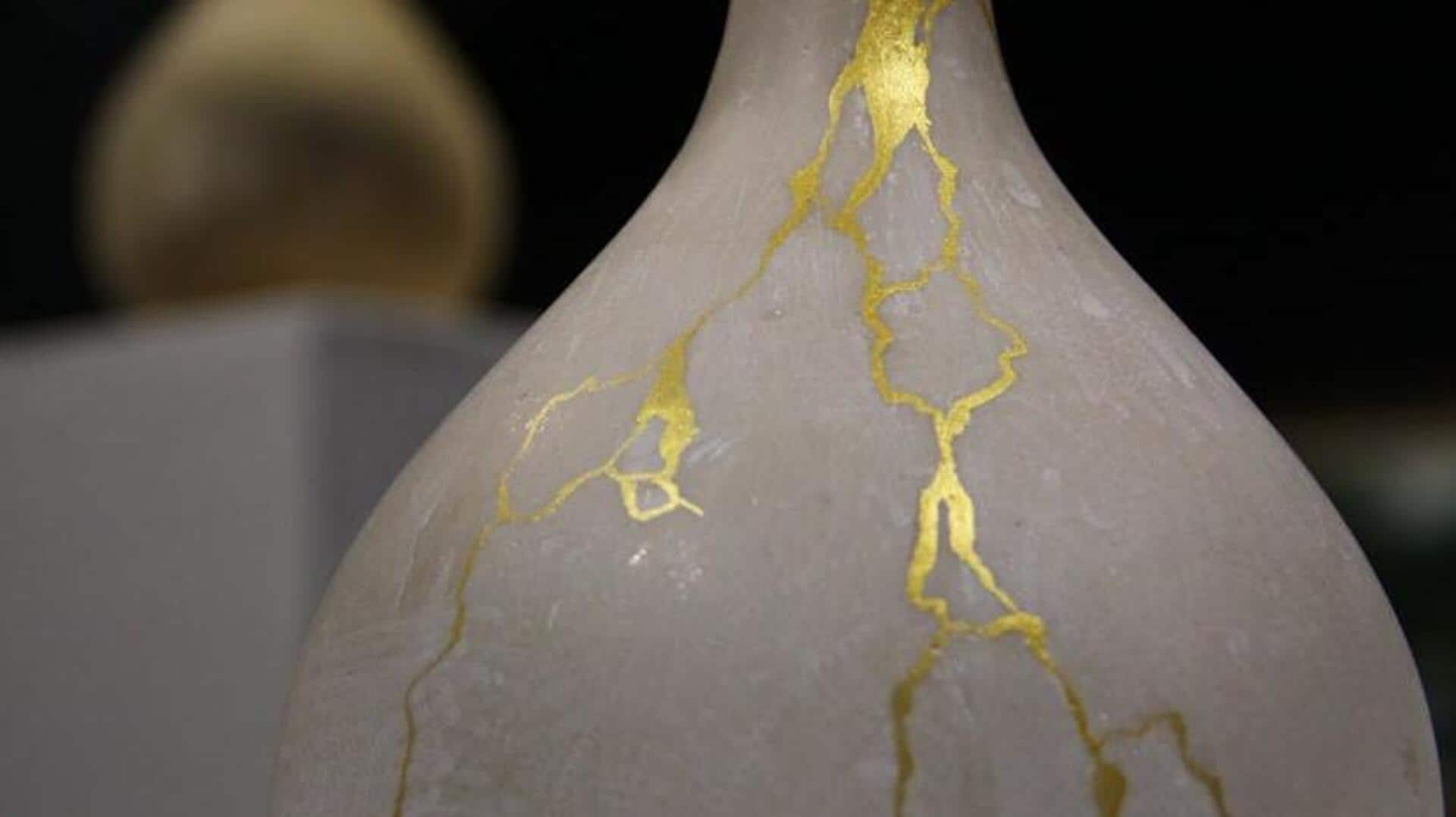
Beginner's guide to kintsugi: The art of repairing with gold
What's the story
Kintsugi is a centuries-old traditional Japanese art form of repairing broken pottery with lacquer mixed with powdered gold, silver, or platinum. Instead of obscuring the cracks, this technique restores the item and accentuates its history and imperfections, transforming them into unique features. The philosophy of kintsugi embraces flaws and celebrates resilience, making it an interesting practice for art and culture enthusiasts. Here's more on it.
Drive 1
Understanding the philosophy
At its core, kintsugi is all about embracing imperfection. It teaches that breakage and repair are the history of an object, not something to mask. This way of thinking makes you embrace your flaws as a part of the journey. By accentuating cracks in gold, kintsugi turns damage into beauty, providing a beautiful metaphor for evolution and resilience.
Drive 2
Materials needed for Kintsugi
To practice kintsugi, you will need some essential materials: broken pottery pieces, lacquer or epoxy resin as adhesive, powdered gold or other metals for dusting over the adhesive, and brushes for application. These can be sourced from specialty art stores or online retailers. While traditional methods use natural lacquer from trees, modern alternatives like epoxy resin are more accessible for beginners.
Drive 3
Basic steps in kintsugi process
The process starts with cleaning the broken pieces thoroughly so that they stick properly. Then, apply lacquer or resin to carefully join the pieces together. Once set (but still tacky), sprinkle powdered gold over the seams with a brush until they are fully covered. Give it enough time to dry before handling the repaired piece again; this may take several days, depending on conditions.
Drive 4
Tips for beginners in kintsugi
Start with simple projects like small bowls or plates before progressing to complex items like vases or teapots. These require more precision due to their shapes and sizes. Success comes from patience, learning new skills gradually, and embracing each step towards mastery. This journey celebrates individuality, creativity, and the beauty of turning imperfections into art.